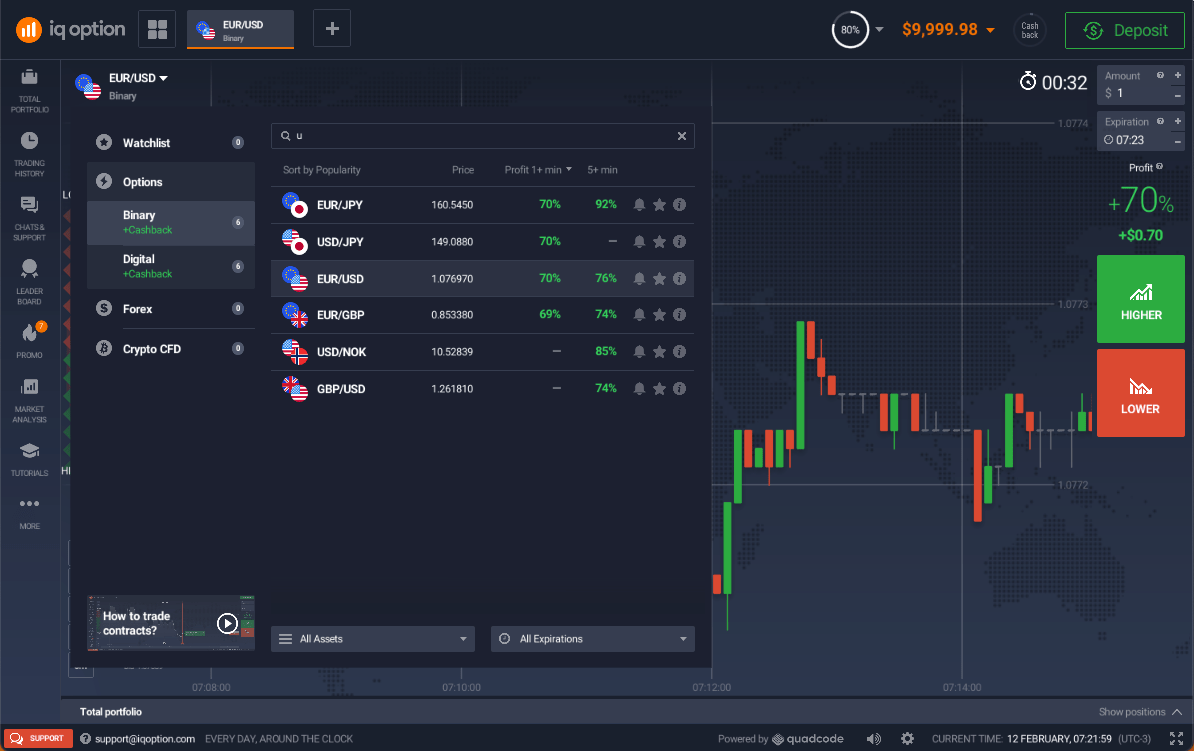Trading Index Options: A Comprehensive Guide to Understanding and Profiting

Image: dollarsandsense.sg
Introduction
Harnessing the power of the financial markets can be a lucrative endeavor, but it requires a deep understanding of the tools and strategies at your disposal. Among these, index options stand out as sophisticated instruments that offer both immense profit potential and the prospect of significant losses. This comprehensive guide will delve into the intricacies of trading index options, empowering you to make informed decisions and navigate the markets with confidence.
Index options, a derivative contract, derive their value from the underlying price of an index, such as the S&P 500 or Nasdaq Composite. They allow investors to speculate on the future direction of the market without committing to the purchase or sale of the underlying index. By understanding the mechanics of index options trading, astute investors can capture opportunities and mitigate risk, potentially amplifying their returns.
Understanding the Basics
At the heart of index options trading lies the concept of “calls” and “puts.” Calls grant the buyer the right to buy the underlying index at a strike price on or before a specified date. Puts, on the other hand, bestow the right to sell the index at the strike price within the given time frame. The strike price represents the agreed-upon price point at which the index can be bought or sold.
Types of Index Options
Index options come in various flavors, each tailored to specific investment objectives and market conditions:
- European-style: This type of option can only be exercised on the expiration date.
- American-style: More versatile than its European counterpart, American-style options can be exercised at any time up to the expiration date.
- Index futures options: These options derive their value from an underlying index futures contract rather than the spot index.
Factors Affecting Index Option Pricing
A myriad of factors influence the pricing of index options, including:
- Underlying index price: The current and anticipated future price of the underlying index is a primary determinant of option value.
- Time to expiration: Options lose value as they approach expiration, which is reflected in their price.
- Volatility: The expected price volatility of the underlying index plays a significant role in option pricing.
- Interest rates: Interest rates can impact the value of options since they affect the cost of carrying positions.
- Dividend yield: Dividends paid by companies included in the underlying index can influence option prices.
Trading Strategies
Savvy investors employ a diverse array of trading strategies to harness the potential of index options. Some popular approaches include:
- Covered calls: Involves selling call options while owning the underlying index or an equivalent position.
- Naked calls: Selling call options without owning the underlying index, which carries additional risk but also potentially higher rewards.
- Covered puts: Selling put options while owning the underlying index or an equivalent position, which can generate premium income while offsetting potential losses.
- Naked puts: Selling put options without owning the underlying index, a riskier strategy with the potential for significant profits.
- Straddles and strangles: Complex strategies combining calls and puts to capture market volatility.
Risk Management
Trading index options carries inherent risks that require careful management:
- Market risk: The value of options is directly linked to the underlying index, which is subject to market fluctuations.
- Time decay: Options lose value over time, regardless of the direction of the underlying index.
- Volatility risk: Options pricing is highly sensitive to volatility, which can lead to sudden and significant value changes.
- Liquidity risk: Index options may experience less liquidity than other financial instruments, potentially limiting entry and exit points.
Conclusion
Trading index options is a complex and potentially lucrative endeavor. By thoroughly understanding the basic principles, factors influencing option pricing, and effective trading strategies, you can equip yourself to confidently navigate the markets and harness the power of these sophisticated financial instruments. Always remember to prioritize risk management and conduct diligent research before executing any trades.

Image: stockboxtech.com
Trading Index Options Bittman

Image: iqbroker.com






